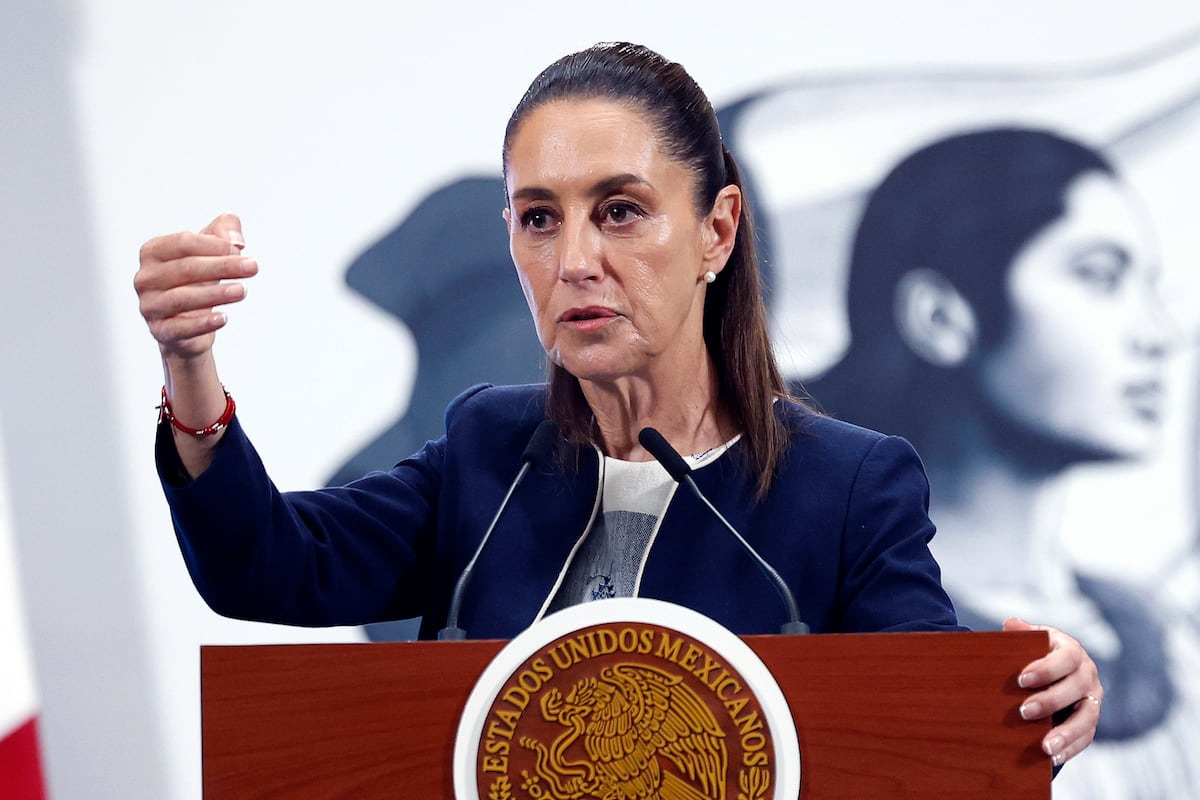Understanding Plan Mexico: Claudia Sheinbaum’s Ambitious Roadmap
Introduction to Plan Mexico
In a strategic move aimed at bolstering economic growth and attracting foreign investment, Mexican President Claudia Sheinbaum has introduced "Plan Mexico," a comprehensive six-year roadmap. Launched amid a turbulent economic landscape, this initiative seeks not only to strengthen the domestic market but also to counter external pressures, notably from former U.S. President Donald Trump’s threats to impose tariffs on Mexican exports.
Sheinbaum’s Strategic Engagement
Since the inception of Plan Mexico earlier this year, Sheinbaum has actively engaged with business leaders across various sectors. The urgency of these meetings reflects an understanding of the delicate balance required to implement her vision successfully. Notable discussions have recently taken place at the National Palace, where top executives, including billionaire Carlos Slim, gathered to finesse the plan. Francisco Cervantes, president of the Business Coordinating Council (CCE), highlighted the focus on identifying viable infrastructure projects that are ready for progression.
Challenges Looming Ahead
Despite the ambitious targets set by Plan Mexico—aiming for $277 billion in investments and the creation of over 1.5 million jobs annually—the initiative grapples with significant challenges. Mexico’s economic slowdown, ongoing inflation, and a disturbing trend of sluggish job creation cast a shadow over progress. Additionally, the looming threat of U.S. tariffs adds to the uncertainty, further complicating Sheinbaum’s objectives.
Economic Incentives and Financing Efforts
In a bid to invigorate the agricultural and industrial sectors, Sheinbaum’s administration has rolled out a series of incentives. These initiatives include financial support for farmers, ranchers, and investors alike, demonstrating a commitment to nurturing domestic production capabilities. Recently, Nacional Financiera issued over 10 billion pesos (approximately $570 million) in debt securities to finance projects aligned with Plan Mexico, marking a significant step toward achieving its financial goals.
The Role of Nearshoring
Central to Plan Mexico is the concept of nearshoring—bringing manufacturing back to North America to reduce reliance on overseas production. Initially designed as a commercial alliance with the U.S., the strategy has had to adapt due to tariff threats. Industrial policy expert Rodrigo Aliphat emphasizes the need for Mexico to bolster its domestic market to mitigate dependence on U.S. economic conditions. This shift reflects a broader realization that developing national companies focused on local consumption is essential for long-term stability.
Readjusting Strategy Amid Constraints
While Plan Mexico remains the focal point of Sheinbaum’s economic agenda, experts argue that adjustments are vital to ensure its relevance. The conversation is shifting towards enhancing domestic content and creating jobs within high-growth sectors. Yet, contributing factors such as budgetary constraints due to decreased federal spending threaten the execution of these plans. An anonymous industrial sector businessman noted that despite a solid foundational strategy, tangible outcomes have been elusive due to these external pressures.
Goals for the Future
Looking ahead, the goals outlined in Sheinbaum’s plan are ambitious yet clear. The administration aims for 50% of national supply and consumption to be sourced domestically, while also striving to increase domestic content across vital industries—automotive, aerospace, electronics, semiconductors, pharmaceuticals, and chemicals—by 15% by 2030. Although the plan is still in its early stages, there is a collective urgency among business leaders and government officials to translate these aspirations into concrete results.
Continued Uncertainty
As Mexico navigates this complex landscape, the interplay of economic indicators and geopolitical factors will be essential in shaping the outcomes of Plan Mexico. The ongoing reassessment of this initiative by both the government and the private sector underscores the importance of adaptability in the quest for economic growth and stability.
Looking Forward
The journey of Plan Mexico is just beginning, and while the road ahead is fraught with challenges, the commitment to fostering a competitive and self-reliant economy remains a central tenet of Sheinbaum’s vision. The unfolding narrative of Mexico’s economic ambitions promises to be a fascinating watch as the nation contemplates its future in a rapidly changing global marketplace.


